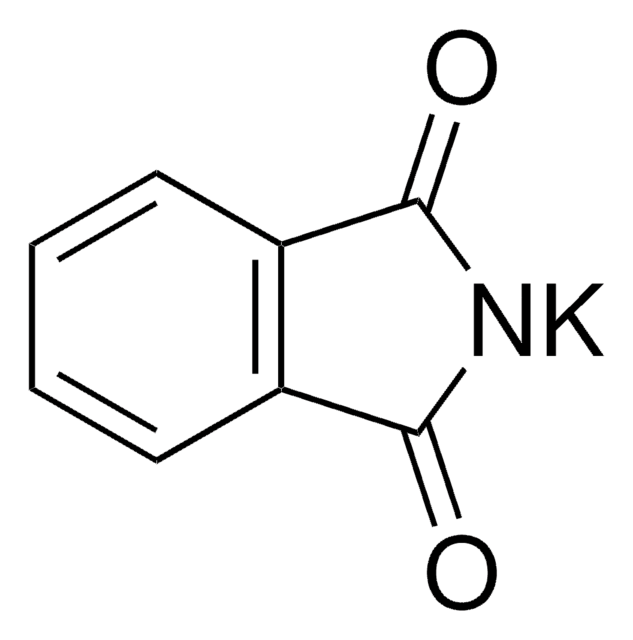T1694
(E)-4-Amino-2-butenoic acid
Synonym(s):
trans-4-Aminocrotonic acid, TACA
Sign Into View Organizational & Contract Pricing
All Photos(1)
About This Item
Empirical Formula (Hill Notation):
C4H7NO2
CAS Number:
Molecular Weight:
101.10
MDL number:
UNSPSC Code:
12352106
PubChem Substance ID:
NACRES:
NA.77
Recommended Products
form
powder
color
white
solubility
H2O: 10 mg/mL, clear
SMILES string
NC\C=C\C(O)=O
InChI
1S/C4H7NO2/c5-3-1-2-4(6)7/h1-2H,3,5H2,(H,6,7)/b2-1+
InChI key
FMKJUUQOYOHLTF-OWOJBTEDSA-N
Storage Class
11 - Combustible Solids
wgk_germany
WGK 3
flash_point_f
Not applicable
flash_point_c
Not applicable
ppe
Eyeshields, Gloves, type N95 (US)
Certificates of Analysis (COA)
Search for Certificates of Analysis (COA) by entering the products Lot/Batch Number. Lot and Batch Numbers can be found on a product’s label following the words ‘Lot’ or ‘Batch’.
Already Own This Product?
Find documentation for the products that you have recently purchased in the Document Library.
Kinga K Borowicz et al.
Pharmacological reports : PR, 57(1), 121-123 (2005-04-26)
In the present study, we evaluated TACA (a potent agonist of GABA(A) and GABA(C) receptors) in the electroconvulsive threshold test in mice. Surprisingly, TACA (at 15 and 25 mg/kg) significantly decreased the threshold. The highest ineffective dose of TACA was
D Zhang et al.
Trends in pharmacological sciences, 22(3), 121-132 (2001-03-10)
In less than a decade our knowledge of the GABA(C) receptor, a new type of Cl(-)-permeable ionotropic GABA receptor, has greatly increased based on studies of both native and recombinant receptors. Careful comparison of properties of native and recombinant receptors
M Kurjak et al.
Neurogastroenterology and motility : the official journal of the European Gastrointestinal Motility Society, 23(5), e181-e190 (2011-03-19)
γ-Aminobutyric acid (GABA) acts on specific neural receptors [A, B and C(Aρ)] to modulate gastrointestinal function. The precise role of GABA receptor activation in the regulation of presynaptic nitric oxide (NO) synthesis in nerve terminals is unknown. Rat ileal nerve
Ralph J Jensen
PloS one, 8(10), e79126-e79126 (2013-11-10)
Retinitis pigmentosa (RP) is a progressive retinal degenerative disease that causes deterioration of rod and cone photoreceptors. A well-studied animal model of RP is the transgenic P23H rat, which carries a mutation in the rhodopsin gene. Previously, I reported that
Seung Yun Yang et al.
Nature communications, 4, 1702-1702 (2013-04-18)
Achieving significant adhesion to soft tissues while minimizing tissue damage poses a considerable clinical challenge. Chemical-based adhesives require tissue-specific reactive chemistry, typically inducing a significant inflammatory response. Staples are fraught with limitations including high-localized tissue stress and increased risk of
Our team of scientists has experience in all areas of research including Life Science, Material Science, Chemical Synthesis, Chromatography, Analytical and many others.
Contact Technical Service








